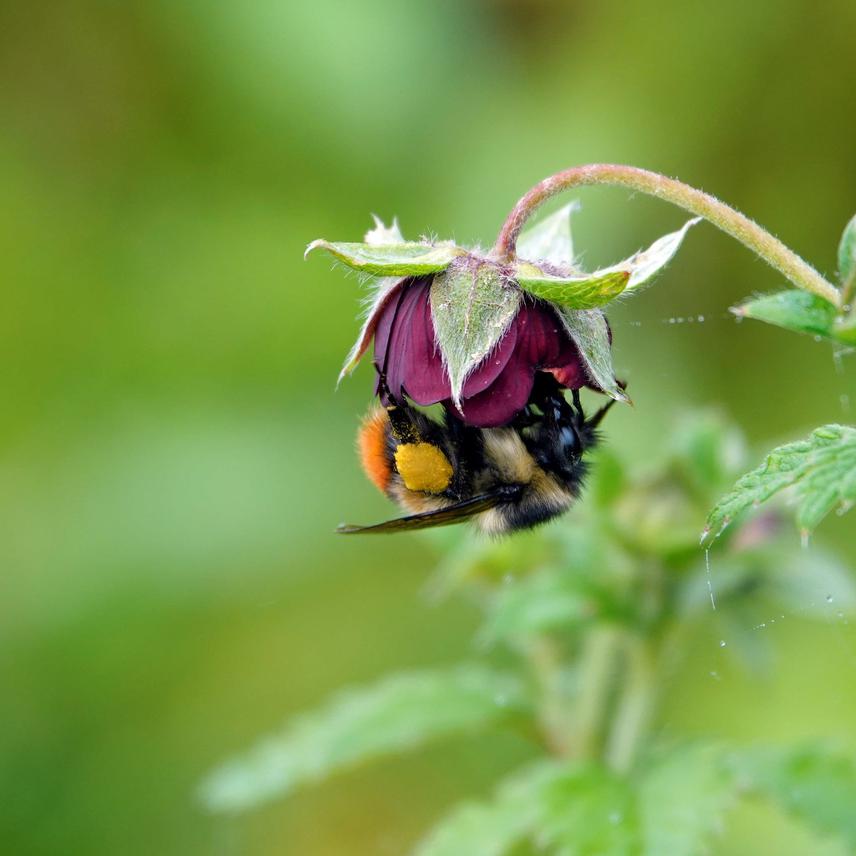Ritesh Kumar Gautam
The Himalayan region, a biological hotspot is extremely rich in biodiversity and endemism. However, the biodiversity of this region is facing major threats due to forest fragmentation, overexploitation, and climate change. Wild bees of this region are among the numerous species that are exposed to the challenges posed by these threats. Nevertheless, the diversity and ecology of wild bees in the Himalayan region is not well documented. As the wild bees contribute immensely to the sustainability and regeneration of forests, this study aims to contribute towards the elucidation of ecology and diversity of wild bees in the Himalayan region.

Western Himalaya that forms a part of the Indian Himalayan region, is a biological hotspot and supports a wide range of endemic flora and fauna. The region encompasses a mosaic of the diverse forest ecosystem, having different forest types localized in a different range of elevations. These forests are not only ecologically important but also deliver livelihood to local people by providing natural resources like fuelwood, timber, food etc. Natural forest regeneration is a crucial phenomenon for the sustainability of forests and wild bees contribute to forest regeneration by providing the service of pollination and seed dispersion.
Despite the ecological and economic importance of wild bees, the Indian Himalayan region is data deficient for diversity and ecology of insects including wild bees. Only a few studies have been conducted so far for understanding the plant-pollinator interactions on a broad ecological scale. Considering these pieces of evidence, this study aims to describe the diversity of bees, their habitat wise distribution and pollination interactions across different elevations of the study area. Bee diversity will be documented mainly by collecting bees using sweep net and pan traps followed by preservation and identification. Whereas pollination interactions will be described by examining bee visitation to the flower. Bee visitation will be recorded by ocular observation and digital video recording (DVR) for preparing the bee-plant interaction network. Using the pollination interaction network, the study will describe nestedness of the interaction and pollinator’s functional group, i.e., their level of specialization and generalization for each other which is important as the specialized interactions are very specific and the interdependency in these interactions cause a decline in abundance of one species as a result of the decline in abundance of another interacting species. This analysis of pollination interactions will elucidate the ecological importance of bees and plants for each other and also in the ecological community.
Apart from the ecological studies, awareness and outreach programs shall also be conducted for local communities, schools, and tourists. In outreach programs, a broad audience will be addressed explaining the importance of services of pollination provided by the wild bees, their global conservation status, nesting, suitable habitat and ways in which the audience can contribute towards the conservation of wild bees.